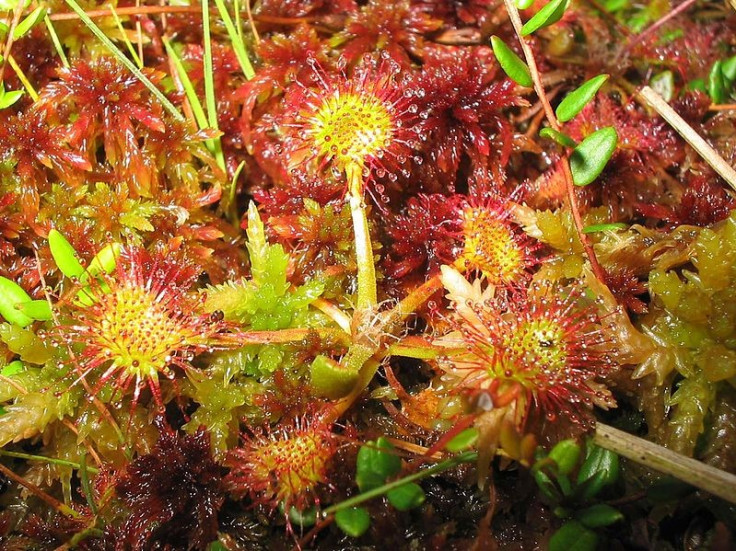Carnivorous Plants Lose Appetite and Turn Veggie Due to Pollution

Nitrogen pollution is causing carnivorous plants like fly traps to lose interest in insect preys and alter their food habits, according to new research.
The study conducted by researchers from the Loughborough University and funded by the National Environment Research council (NERC) has been published in the latest edition of the journal New Phytologist.
The research mentions that most of these carnivorous plants including the common sundew drosera rotundifolia grow in regions devoid of certain nutrients. Hence, these plant species have developed certain mechanisms to boost their nitrogen intake by trapping midges and other insects by various means. In case of the drosera rotundifolia, they trap the insects with the help of their sticky leaves.
However, human activities that involve burning fossil fuels for transport and industry have drastically enhanced the nitrogen levels in the eco-system. Such levels of nitrogen increase were observed by the researchers in rain-fed bogs across much of northern Europe where the sundew drosera rotundifolia are mainly found.
The study has indicated that this artificial rain of fertiliser is now making carnivorous plants lose interest in insect prey. Plants in lightly-polluted areas got 57 per cent of their nitrogen from insects; in areas that receive more nitrogen deposition, that figure fell as low as 22 per cent.
"Basically, it's like adding more fertiliser," the BBC quoted Dr Jonathan Millett from the Loughborough University who led the research. "For an individual sundew it looks like its better. They're bigger and they'll probably be fitter and do better, but the problem is that they have to divert resources into being carnivorous."
Millet has also explained how the plants might have made the rapid shift in their diet. Earlier experiments have reportedly indicated that these plants can make their leaves less sticky to trap fewer insects. He said a colour change may also contribute; sundew plants in highly polluted bogs are much greener than those growing in nutrient-poor conditions. The latter typically have a red colour that's believed to attract insects. He even suggests that looking at the colour of sundew plants could give ecologists a quick way to gauge how much nitrogen pollution an area has suffered.
© Copyright IBTimes 2024. All rights reserved.






















